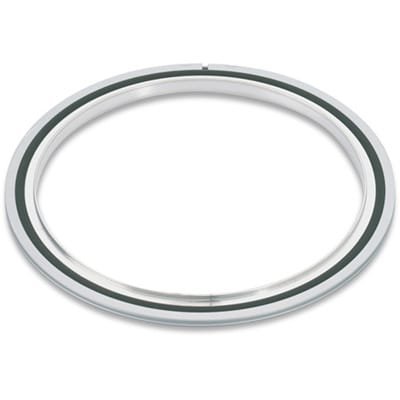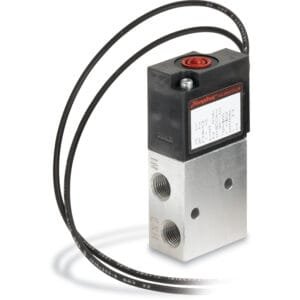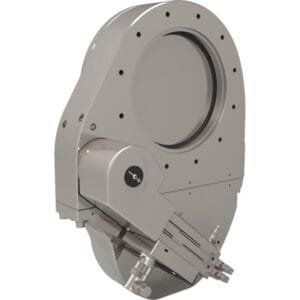ISO-K HV Centering Ring with Outer Ring (316/Ti/1.4571 SS): Superior Sealing Performance for Harsh Vacuum Applications
ISO-K HV Centering Rings with Outer Ring (316/Ti/1.4571 Stainless Steel) are premium-grade sealing components designed for ISO-K vacuum flange systems operating under high-vacuum (HV) conditions. These centering rings feature a dual-ring construction—an inner elastomeric o-ring and an outer metal alignment ring—engineered for applications where long-term stability, chemical resistance, and mechanical strength are critical.
At the heart of the assembly is the outer ring made of 316/Ti stainless steel (1.4571 grade), an austenitic alloy stabilized with titanium. This material offers exceptional resistance to pitting, intergranular corrosion, and chloride-induced cracking, making it ideal for corrosive gas environments, cleanroom systems, and high-temperature vacuum applications.
Key Features of ISO-K HV Centering Ring with Outer Ring (316/Ti/1.4571 SS):
ISO-K Flange Compatibility
Specifically designed to fit between ISO-K flanges, ensuring proper alignment and consistent compression when used with ISO centering clamps.Advanced Stainless Steel Construction
The outer ring is made from 316Ti stainless steel (DIN 1.4571)—offering excellent resistance to chemical attack and oxidation, even during prolonged thermal cycling or bake-outs.Vacuum-Grade Elastomeric O-Ring
Supplied with a high-purity FKM (Viton®) o-ring by default, offering vacuum compatibility down to 10⁻⁸ Torr and temperature resistance up to 200 °C. Other o-ring materials are available on request.Improved Structural Stability
The rigid outer ring prevents lateral deformation of the o-ring during flange tightening, improving sealing consistency and reducing risk of o-ring extrusion under vacuum pressure differentials.Reusable and Maintenance-Friendly
Suitable for modular or reconfigurable vacuum systems where components are frequently disassembled and reassembled. The precision-machined outer ring allows reliable repositioning and long-term use.
Applications Include:
High-purity vacuum gas delivery systems
Semiconductor process equipment
Corrosive chemical vapor deposition (CVD) environments
Vacuum furnaces and thermal process chambers
Ultra-high vacuum (UHV) setups requiring structural rigidity and corrosion resistance
TFM supplies ISO-K HV Centering Rings with Outer Ring (316/Ti/1.4571 SS) in standard ISO sizes including ISO63, ISO100, ISO160, ISO200, ISO250, and larger. Each unit is manufactured to tight dimensional tolerances and thoroughly cleaned for vacuum service. Customizations—such as alternative o-ring compounds (e.g., EPDM, silicone, Chemraz®) or vent holes for differential pumping—are available upon request.
In summary, ISO-K HV Centering Ring with Outer Ring (316/Ti/1.4571 SS) is the optimal choice for engineers and system designers working in chemically aggressive or thermally demanding vacuum environments. Its robust construction, ISO compliance, and superior sealing performance make it an essential component for high-reliability vacuum flange assemblies.





Reviews
There are no reviews yet.